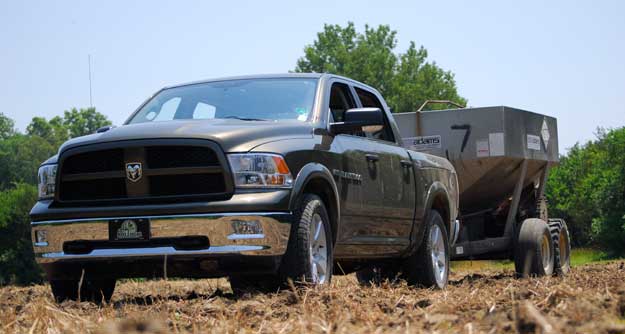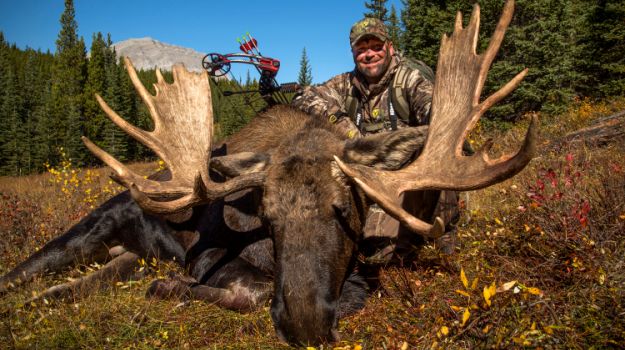
Fertilizers Explained:
13-13-13 (N-P-K / Nitrogen – Phosphorus – Potassium)
When looking at a bag of fertilizer, you will notice three numbers separated by a dash. These numbers represent the amounts of Nitrogen (N), Phosphorus (P) and Potassium (K) that make up the fertilizer mix.
Understanding Fertilizer:
A food plot farmer needs to understand that a fertilizer recommendation is just a suggestion for the amount of (N) nitrogen, (P) phosphorus and (K) potassium that particular crop uses during a typical growing season under average conditions and a neutral pH. It is NOT necessarily the fertilizer you should be using! A soil test should be done to determine “your soil’s” pH and current nutrient load. These figures are used in union with what the plant’s need to determine your exact fertilizer requirements.
For instance, let’s say that you’re planting the crop of Full Draw with a recommendation of 350 lbs of “triple 13” (13-13-13). If your soil has ample amounts of phosphorus (the middle number in the NPK ratio 13-13-13), but it is a bit low in potassium (the last number in the NPK ratio) you may need 13-0-20 instead of the 13-13-13 recommended.
Maybe your pH is on the acidic side at 5.8. You will also need to add some lime, but because of that low pH you may need more than the 350 lbs of fertilizer recommended to get the job done. A soil test done by a reputable lab will tell you exactly what you should use for lime and fertilizer. This link will get you started http://www.plantbiologic.com/t-soil.aspx.
The numbers in the NPK ratio mean that is the amount of each nutrient you will find in 100 pounds of that specific fertilizer. So if you’re using 40 or 50 pound bags you’ll need to do some math. For example, if you need 350 lbs of 13-13-13 that means it’s calling for 45.5 lbs of each nutrient. (13 times 3.5 - means 7 fifty lb bags - or 45.5 lbs of each nutrient). The results from the soil test found at this link will give you numerous bagged and bulk solutions to reach your soil’s fertilizer needs for your specific crop.
This tip is courtesy of the GameKeepers Field Notes, a weekly wildlife and land management email newsletter produced by the Mossy Oak GameKeepers.
A GameKeeper by definition is someone who truly loves AND lives the land, the critters and nature…not just during hunting season but all the time. A GameKeeper wants to be outdoors every day and work the dirt while living their personal “obsession”.
Find out more about what makes a GameKeeper by visiting our website.




























